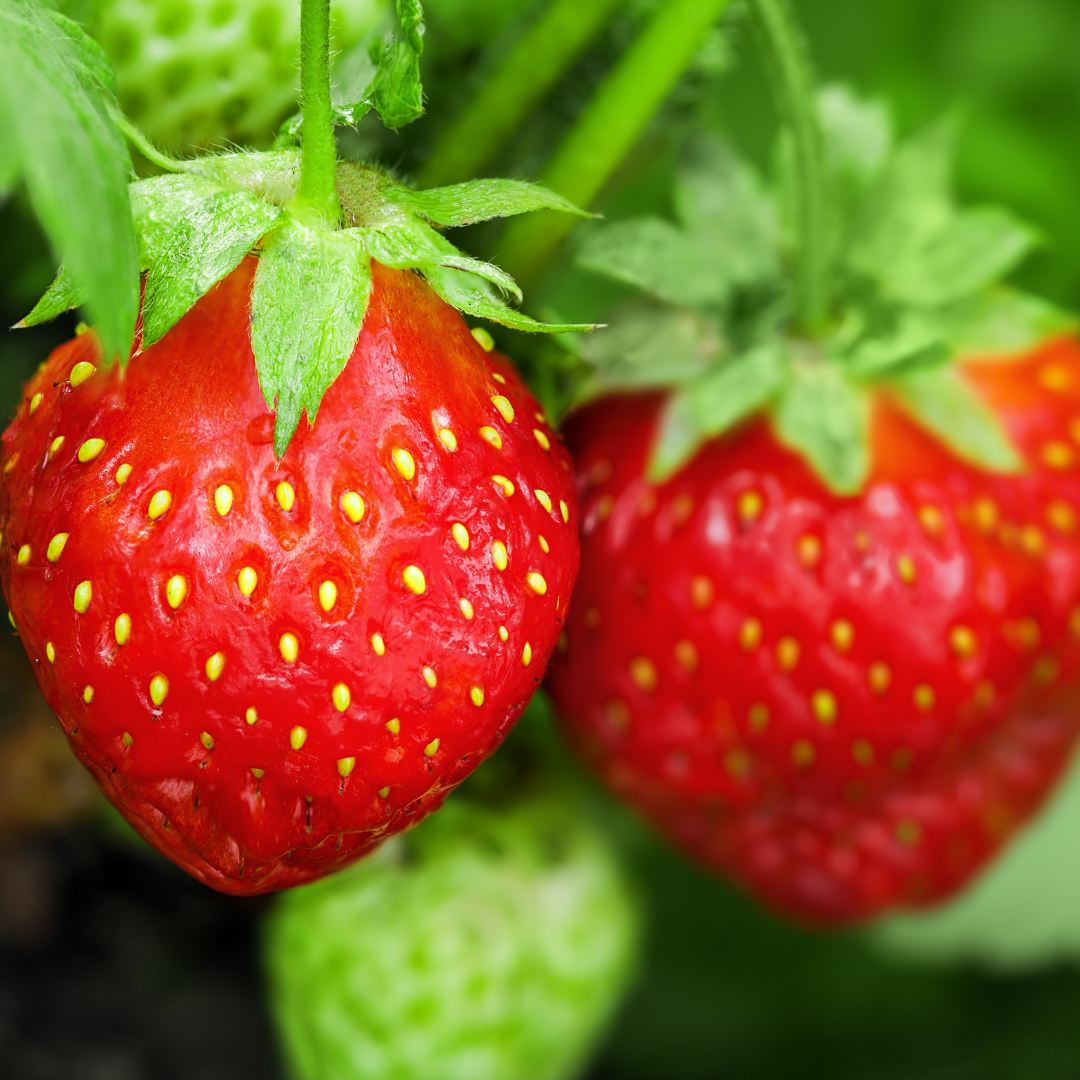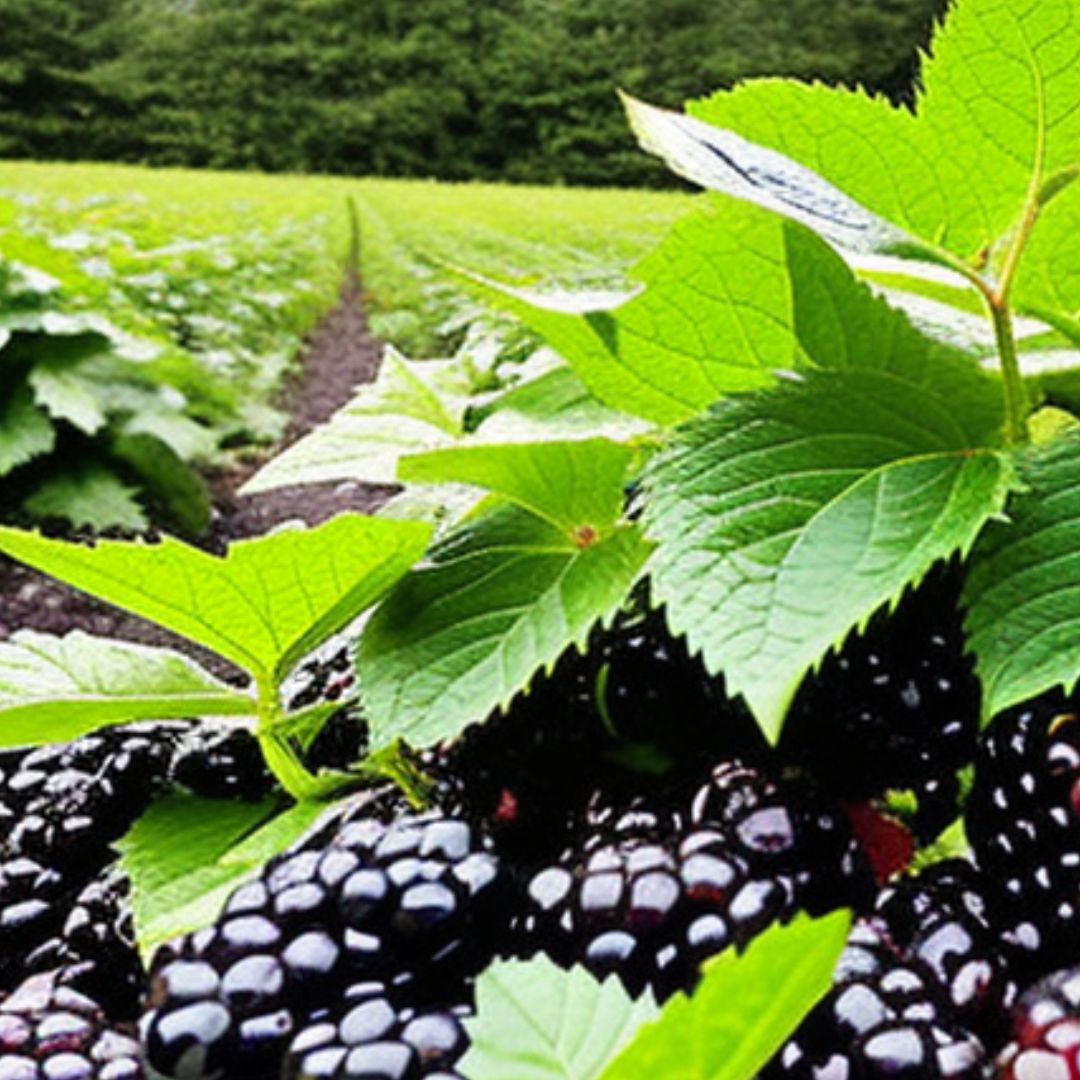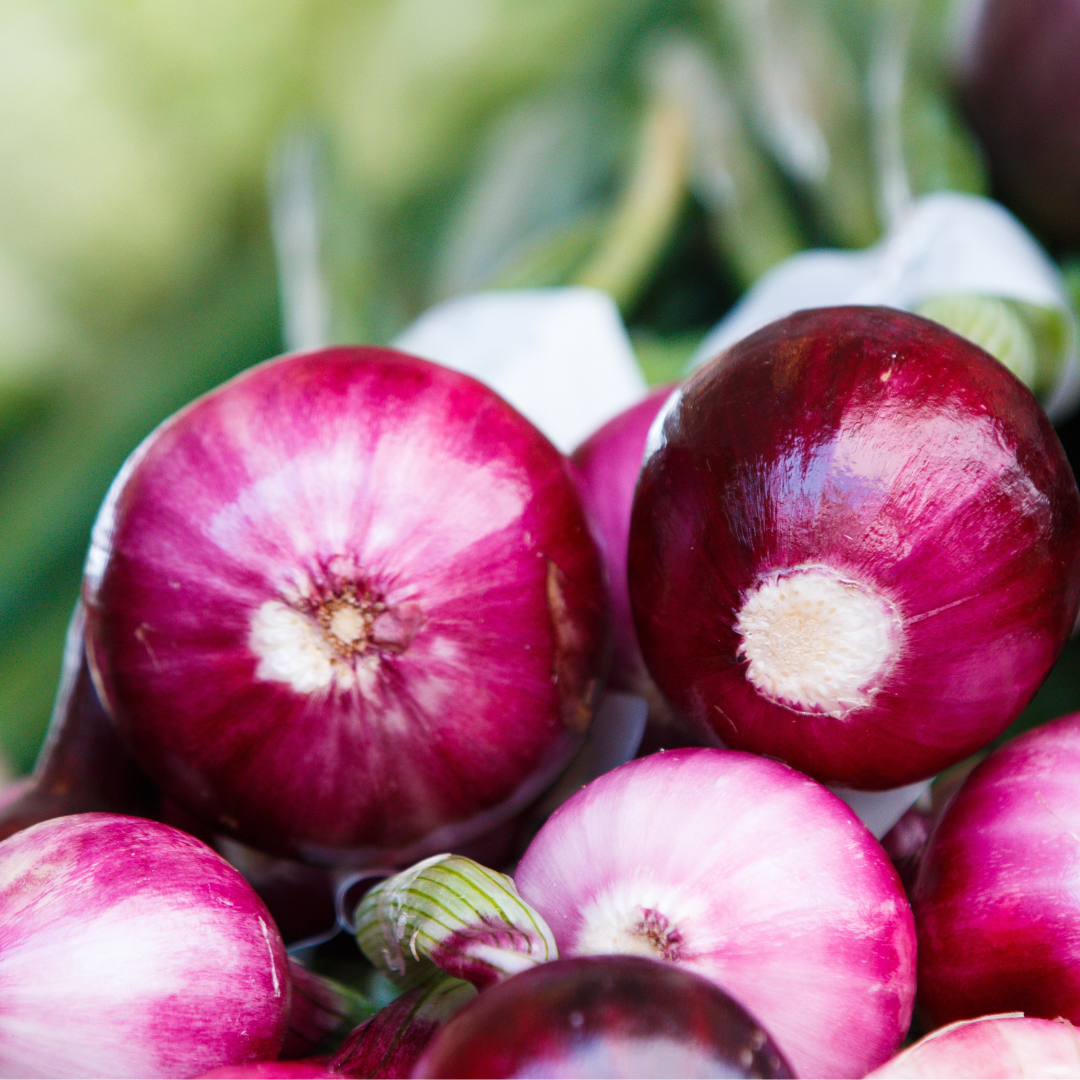If you're looking to learn how grow your strawberries in Florida, there are a few things you need to know. Florida's warm climate makes it an ideal location for growing strawberries, but there are some unique challenges you'll need to overcome. In this article, we'll discuss everything you need to know about growing strawberries in Florida, from planting to harvest.
Choosing the Right Variety
There are several varieties of strawberries that do well in Florida, but the most popular are the "short-day" varieties. These varieties are better adapted to Florida's warm climate and produce fruit from November to April. The most popular short-day variety in Florida is the "Sweet Charlie" strawberry.
Other short-day varieties include:
- Festival
- Florida Radiance
- Treasure
- Dover
- Oso Grande
Planting
When planting strawberries in Florida, it's important to choose the right location. Strawberries prefer well-drained soil and plenty of sunlight. Raised beds are a great option for home gardens, as they provide excellent drainage and can be filled with organic fertilizer to help your strawberry plants grow.
When planting your strawberry plants, be sure to space them out properly. Strawberry plants should be spaced about 12-18 inches apart, depending on the variety. If you're planting bare root strawberries, be sure to soak them in water for a few hours before planting.
Fertilizing
Strawberries in Florida require regular fertilization to produce healthy fruit. Organic fertilizer is a great option for home gardens, as it provides the necessary nutrients without the use of synthetic chemicals. Apply fertilizer every four to six weeks during the growing season, being careful not to over-fertilize.
Watering
Florida's warm climate means that strawberries require regular watering. Be sure to water your plants deeply once or twice a week, depending on the weather. Avoid getting water on the leaves, as this can lead to disease.
Flowering and Fruit
Strawberry plants in Florida typically begin flowering in October, with fruit ready for picking in December. The fruit will continue to ripen through March or April, depending on the variety. When picking strawberries, be sure to leave the stem attached to the fruit, as this helps to prolong shelf life.
Harvesting
Harvesting strawberries in Florida can be a bit tricky, as the fruit can ripen quickly in the warm weather. Check your plants regularly for ripe fruit, picking them as soon as they're ready. It's important to pick strawberries every other day during peak harvest season to ensure you get all the fruit before it spoils.
Pests and Diseases
Unfortunately, strawberries in Florida are susceptible to a variety of pests and diseases. Some of the most common pests include:
- Spider mites
- Aphids
- Thrips
- Slugs
To prevent pests, be sure to keep your garden clean and remove any debris that could attract insects. You can also use insecticidal soap or neem oil to treat infestations.
Diseases that can affect strawberries in Florida include:
- Anthracnose
- Botrytis fruit rot
- Powdery mildew
To prevent disease, be sure to keep your plants well-spaced and provide good air circulation. You can also use organic fungicides to prevent or treat disease.
Conclusion
Growing strawberries in Florida can be a rewarding experience, as long as you follow the right steps. Choosing the right variety, planting in well-drained soil, fertilizing regularly, and watering deeply are all key to a successful harvest. With a little bit of patience and hard work, you can enjoy fresh, delicious strawberries from your own home garden all season long. And remember, Florida is home to many experienced strawberry growers, so don't be afraid to reach out to your local growers for tips and advice.
Tips for Growing Strawberries in Central Florida
Central Florida's warm, humid climate can pose some unique challenges for strawberry growers. Here are some tips to help you grow delicious strawberries in Central Florida:
- Choose short-day varieties that are better adapted to Florida's warm climate, such as "Sweet Charlie," "Festival," or "Florida Radiance."
- Plant your strawberries in raised beds with well-drained soil.
- Use organic fertilizer to provide your plants with the necessary nutrients.
- Water deeply once or twice a week, being careful not to get water on the leaves.
- Monitor your plants regularly for pests and diseases and treat as necessary.
- Harvest your strawberries every other day during peak season to ensure you get all the fruit before it spoils.
Benefits of Growing Strawberries in Home Gardens
Growing strawberries in your home garden can offer many benefits, including:
- Fresh, delicious fruit that's free of pesticides and other harmful chemicals.
- A fun and rewarding hobby that can be enjoyed by the whole family.
- A cost-effective way to enjoy fresh fruit throughout the growing season.
- An opportunity to teach children about gardening, nature, and healthy eating.
Final Thoughts
Growing strawberries in Florida can be a fun and rewarding experience, but it does require some effort and attention to detail. By choosing the right variety, planting in the right location, and providing your plants with the proper care, you can enjoy fresh, delicious strawberries from your own home garden all season long. And don't forget to reach out to your local growers for tips and advice on how to grow strawberries in florida – they're always happy to help!







